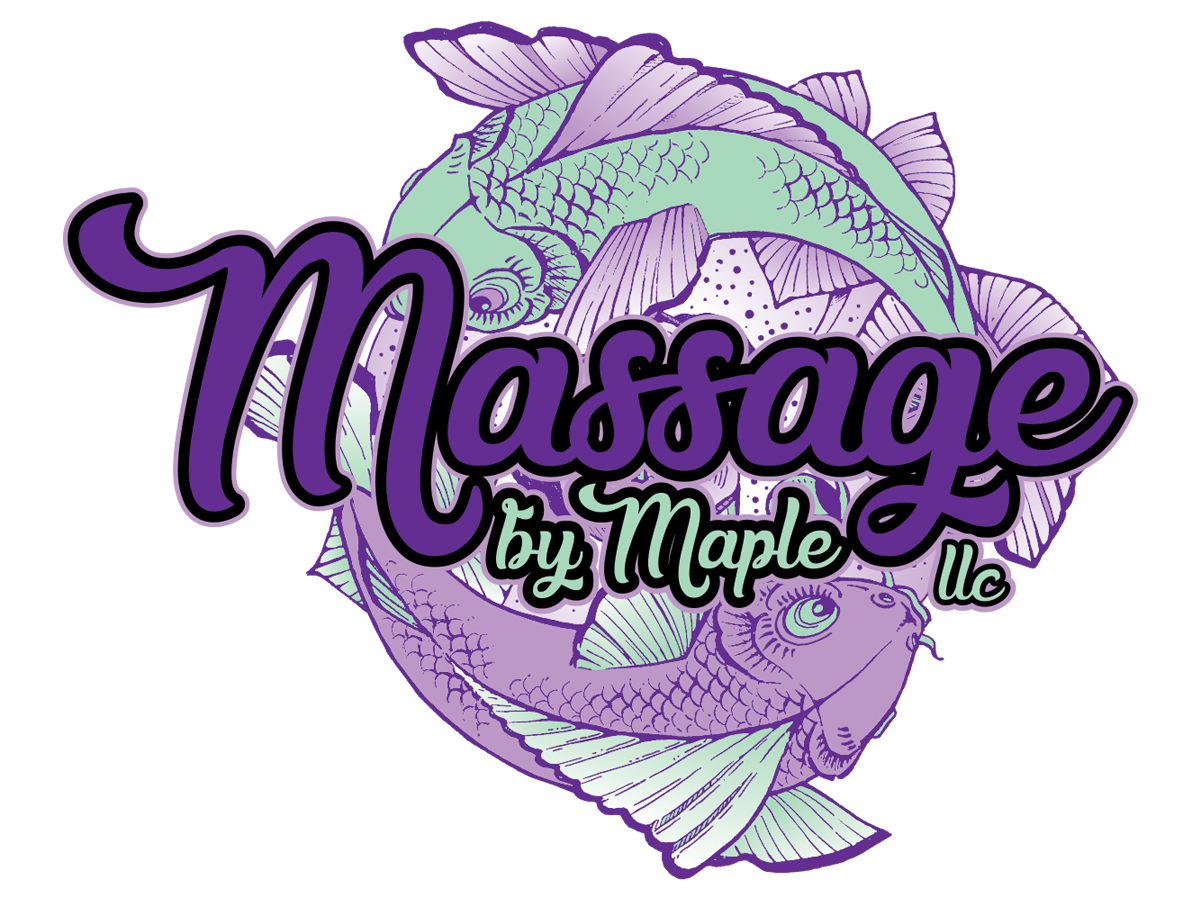How many times have you been told in your life to stand up straight, drop your shoulders, or if you don’t stand up straight, you’ll pay for it later? From the time we’re small, we’re often told the “right” way to stand and sit. But what if I told you that everything you’ve heard about having good posture isn’t necessarily true?
First of all, what is good posture, anyway? I have recently taken an interest in the practice of Tai Chi. My background in dance put me at a disadvantage because my go-to body alignment when I focus on it is more ballet-like which is in opposition to the alignment used in Tai Chi. Most people would describe posture or body alignment as having your back straight with your spine in perfect alignment, the shoulders back, and the head neutral. There are even postural analysis charts and testing to determine if someone is in perfect alignment. But here’s the thing…perfect posture doesn’t really exist. My posture is probably going to be slightly different than yours and different from your neighbors, your coworkers, or your spouse. Our bodies are unique, our lifestyles are unique, and our posture and alignment is going to be just as unique. This is why it’s often uncomfortable, or even painful to hold “perfect posture” if we’re not used to it. That’s because you’re putting your body into an abnormal position. Instead of thinking of perfect posture as some sort of perfect line you’re supposed to keep your body in, think of it more in terms of positioning the body in a way that allows body parts, like muscles, ligaments, etc. to function to their full capacity, and without creating some sort of pain or injury. The optimal position of your body depends on your body’s needs and what it has become accustomed to.
Our bodies adapt according to our lifestyle. If, for most of your life, you’ve maintained the posture that’s commonly considered ‘correct’, then that’s how your body will naturally hold as you go about your life. If, however, you’ve lived much of your life bending forward, your posture may look ‘bad’, but you have no ill effects of it; no pain, no loss of function, etc. Perfect alignment is almost impossible to achieve at all times for most people, and for many, it may actually cause problems to constantly force yourself into that position. Again, our bodies and our lifestyles are so unique to one another. My spine’s normal may be different than your spine’s normal. This isn’t to say that pain is normal, or that you shouldn’t strive to make sure you are doing the most you can for your spine health, but it just doesn’t make sense to compare apples to oranges. Finding what your body’s ultimate posture is, is key to your spine health. It’s important to note that movement is key in maintaining your body’s spine health because sitting in the same position for long periods of time can be stressful on the spine, no matter how ‘good’ your holding posture is.
This doesn’t mean we should sit in awkward positions and throw the entire idea of alignments out the window. But the important thing isn’t necessarily how you stand or sit throughout the day, but rather the strength of the muscles that support the spine. The stronger those muscles, the ‘safer’ the spine remains even in seemingly abnormal positions.
You’ll hear many professionals make the claim that your poor posture is causing your back pain, neck pain, or whatever else you complain of; but for many, the natural posture our body feels most comfortable in may very well be preventing our pain from worsening or appearing at all. Anytime we discuss posture, it’s important to determine if your posture is causing your pain, or if your pain is causing your posture. Is your back hurting because you round forward, or are you rounding forward in an instinctual way of protecting your back?
So, don’t buy into the hype of perfect posture, and the thousands of types of money-making devices and tools that promise to give you that perfect pose. If you’re not hurting from the way you sit and stand now, it may very well not be necessary to mess with it. If you are experiencing pain, it’s best to talk with a professional about what’s really happening and what really needs to be done about it.
Categories
